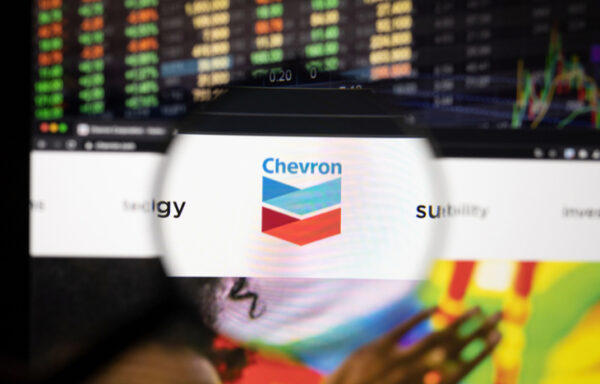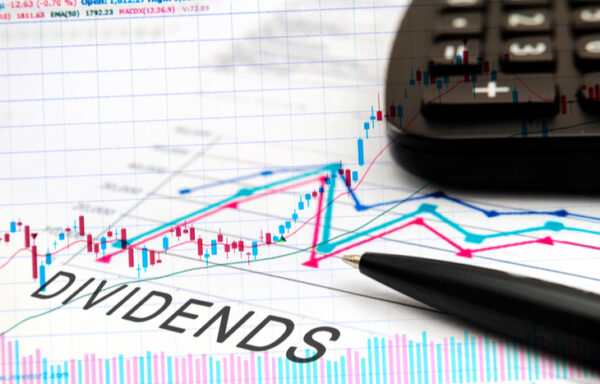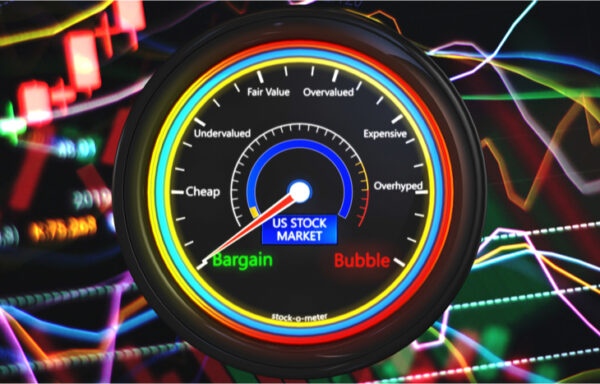IBM’s Dividend History, High Yield and Payout Ratio
International Business Machines (NYSE: IBM) is a stable technology company. As a result, IBM’s dividend history is long, and it has shown steady growth. For a short time, even Warren Buffett invested in the company. And since his exit, the dividend yield has climbed, along with the payout ratio.
Now, an important question… is IBM’s high dividend yield safe? For an answer, let’s look at historical data and trends as well as a company overview.
Also, before we dive into that, feel free check out our Investment Calculator. It shows how big your investment or portfolio can grow after five, 10 or 20 years. I personally use this investment tool often.
Business Overview and Highlights
IBM is a $107 billion business. The company is based out of Armonk, New York, and it has 350,600 employees. Last year, the company pulled in $77 billion in sales and that breaks down to $220,000 per employee.
The company is in the technology sector. It has a wide range of hardware and software products. IBM also has a healthy (A) credit rating from the S&P. This allows IBM to issue cheap debt to expand the business.
In 2019, IBM acquired Red Hat for $34 billion. That’s a big move, but it should help IBM expand its cloud services. This will help generate billions in sales over the next decade. That will likely lead to increased profitability as well, which will help with paying bigger dividends…
IBM Dividend History
The company paid investors $2.50 per share a decade ago. Over the last 10 years, the dividend has climbed to $6.43. That’s a 157% increase and you can see the annual changes below…

The compound annual growth is 9.9% over 10 years… but over the last year, the dividend climbed 3.5%. The slowdown in dividend growth isn’t a great sign. But IBM still might be a good income investment. Let’s take a look at the yield…
Current Dividend Yield vs. 10-Year Average
The long history of dividends makes it one of the best dividend stocks around. This also makes the yield a great indicator of value. IBM’s high dividend yield is generally better for buyers, assuming it’s also sustainable. We’ll look at dividend safety soon.
The dividend yield comes in at 5.4%, and that’s above the 10-year average of 3.04%. The chart below shows the dividend yield over the last 10 years…

The higher yield shows that investors have bid down the company’s market value. The recent price drop is due to the economic shutdown. As the world returns to normal, the price will likely climb with the broader market, and the yield will decrease.
Is IBM’s Dividend Safe?
Many investors look at the dividend payout ratio to determine safety. They look at the dividend per share divided by the net income per share. So a payout ratio of 70% would mean that for every $1 IBM earns, it pays investors $0.70.
The payout ratio is a good indicator of dividend safety… but accountants manipulate income numbers. They adjust for goodwill and other noncash items. So a better metric is free cash flow.
Here’s IBM’s payout ratio based on free cash flow over the last 10 years…

The ratio is fairly steady over the last 10 years, and the trend is up. The last year shows a payout ratio of 45.7%. This gives wiggle room for IBM’s board of directors to raise the dividend. Although, with recent economic uncertainty, we probably won’t see a big bump.
On top of that, IBM might put more of its spare cash flow toward paying down debt. Still, IBM is a time-tested company. It’s been reliable for millions of investors, and based on the dividend yield, it’s a better buy today.
If you looking for more income opportunities, we suggest signing up for our Wealthy Retirement e-letter. It’s packed with investing insight from our market experts. Whether you’re new to investing or more experienced, you’ll find lots useful info. Also, if you haven’t already, feel free to check out our Investment Calculator.
[adzerk-get-ad zone="245143" size="4"]




